April 23, 2025 | 11:48 GMT +7
April 23, 2025 | 11:48 GMT +7
Hotline: 0913.378.918
April 23, 2025 | 11:48 GMT +7
Hotline: 0913.378.918
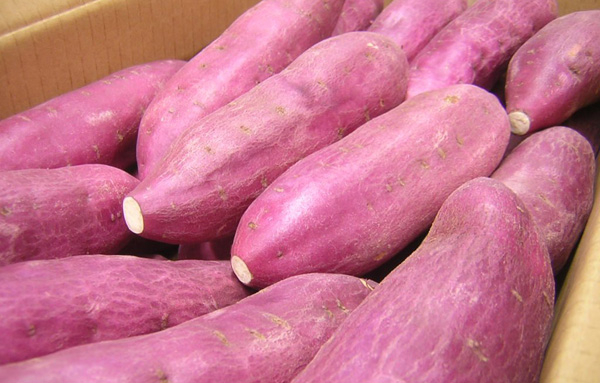
The price of Vietnamese sweet potatoes is three times higher than that of Chinese sweet potatoes exported to Japan. Photo: TL.
According to the International Trade Center (ITC), Japan's import of sweet potatoes in the first 10 months of 2020 reached 11.03 thousand tons, worth US$13.86 million, down 6% in volume and 15.2% in value over the same period in 2019.
Japan’s average import price of sweet potatoes in the first 10 months of 2020 was US$1,257/ton.
In terms of volume, China is the largest supplier of sweet potatoes to Japan. In the first 10 months of 2020, the export of Chinese sweet potatoes to Japan reached 5.3 thousand tons, up 11.9% over the same period in 2019, accounting for 48.4% of the total import volume of Japan’s import sweet potatoes.
Vietnam is the second largest supplier to Japan with 3.5 thousand tons, down 19.4% over the same period in 2019, accounting for 32.1% of total imports. Followed by Indonesia with 2.16 thousand tons, down 16.5% over the same period in 2019.
In terms of value, Vietnam is the largest sweet potato supplier to Japan in the first 10 months of 2020, reaching US$7.24 million, down 22.9% over the same period in 2019. China (US$3.47 million) and Indonesia (US$3.151 million).
In terms of average import prices, Vietnam is the supplier with the highest average price of US$2,047.1/ton. Indonesia has the second highest average price of US$1,461.6/ton; China has the lowest average price of US$650.5/ton.
Thus, the average price of Vietnamese sweet potatoes exported to Japan is 3 times higher than that of Chinese sweet potatoes.
Japan needs to import sweet potatoes because in addition to making snacks, sweet potatoes are also used as a substitute for rice in Japanese wine (shochu) production. Currently, Japan imports sweet potatoes from three countries: Vietnam, China and Indonesia.
Translated by Meagan Phan
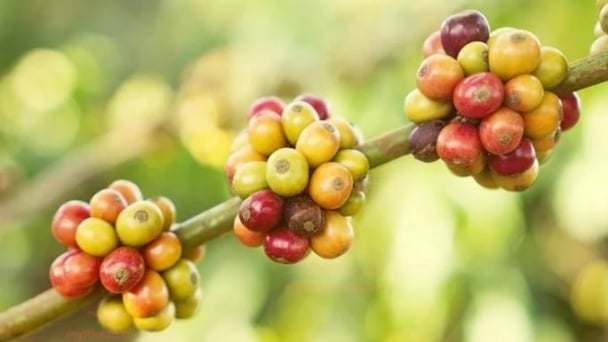
(VAN) Coffee prices on April 22, 2025, continued to decline globally. Domestic market dropped by VND 500, with prices falling to VND 128,500–129,200/kg.
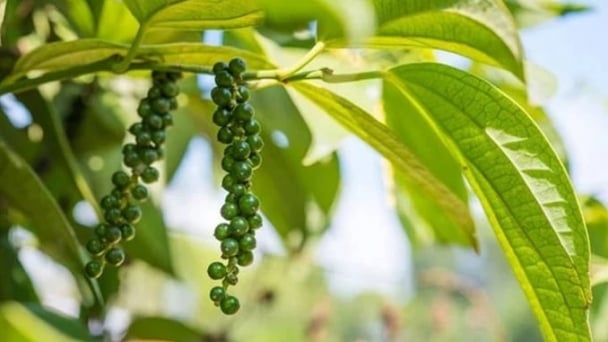
(VAN) Pepper prices on April 22, 2025, remained unchanged globally. Domestic pepper prices declined by VND 500–1,000, trading at VND 154,000–155,000/kg.
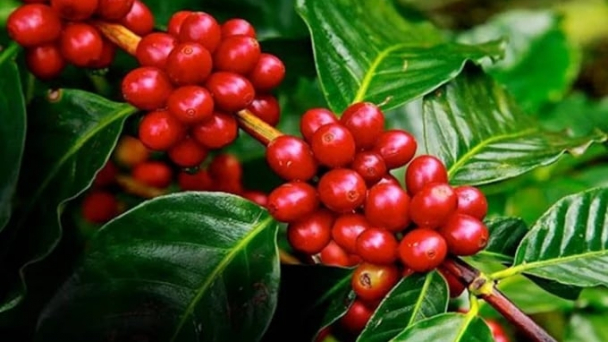
(VAN) Coffee prices on April 21, 2025, remain flat globally. Currently, the domestic coffee market is holding steady in the range of VND 129,000–129,700/kg.
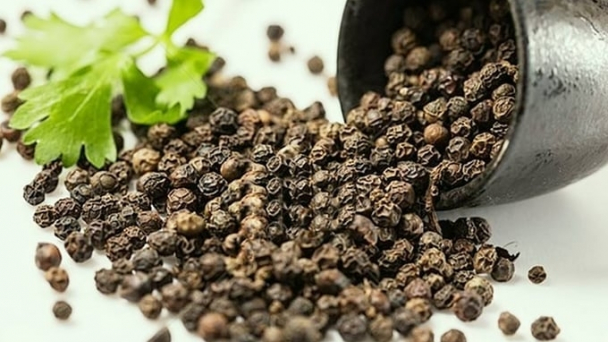
(VAN) Pepper prices on April 21, 2025, remain flat across the board. Currently, domestic pepper prices continue to trade in the range of VND 155,000–156,000/kg.
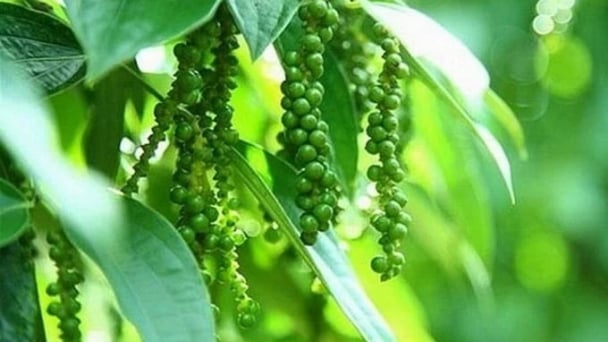
(VAN) Pepper prices on April 18, 2025, remained flat globally, domestic prices rose slightly by VND 500 in Gia Lai, trading at VND 157,000–159,000/kg.
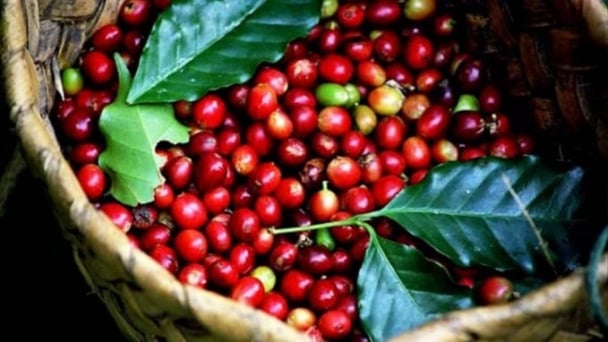
(VAN) Coffee prices on April 18, 2025, declined globally. Domestic prices edged up slightly by VND 200, trading in the range of VND 132,700–133,800/kg.
/2025/04/17/0439-0-093912_377.jpg)
(VAN) Following the U.S. Government's decision to temporarily postpone the imposition of reciprocal tariffs, coffee prices have continuously increased sharply and are expected to continue rising in the near future.